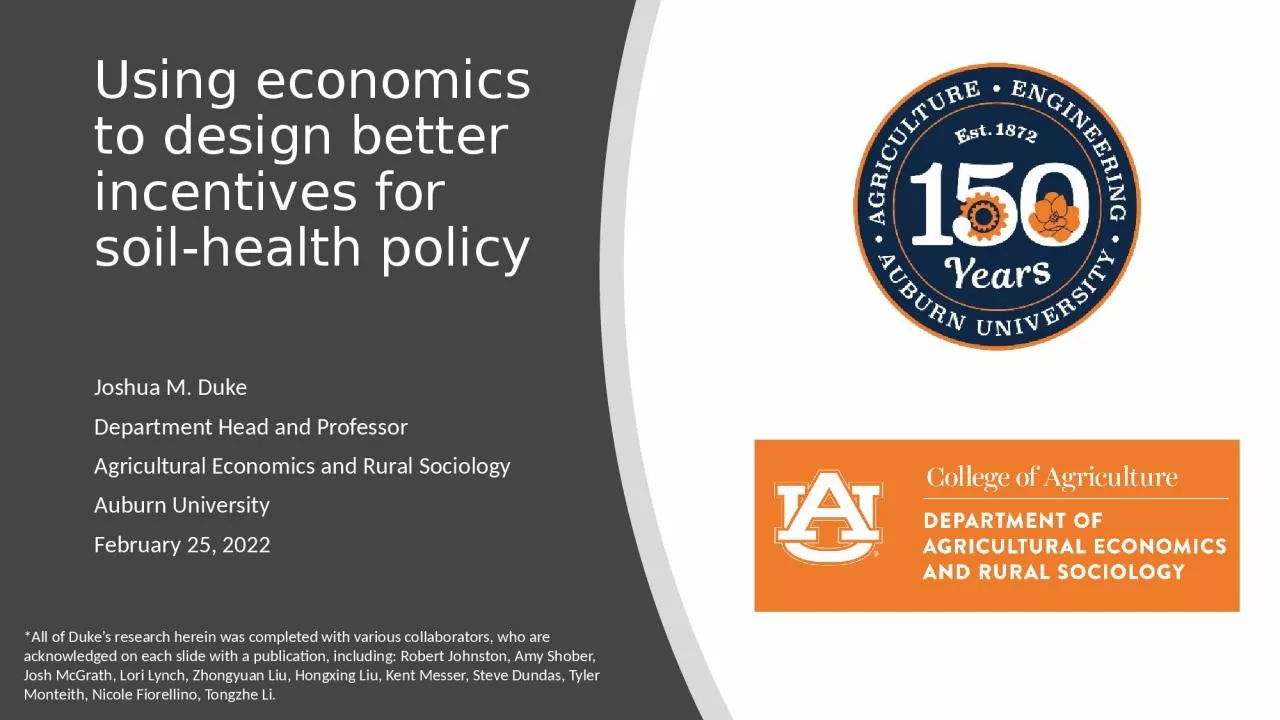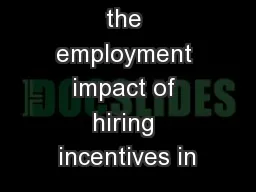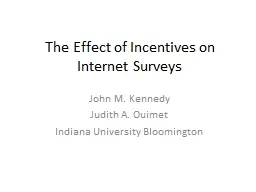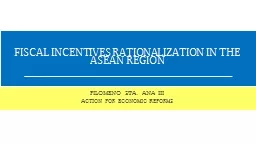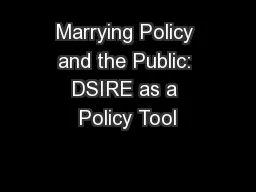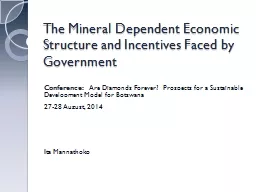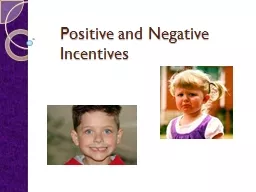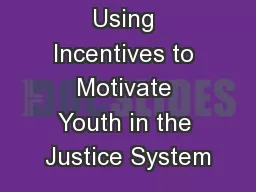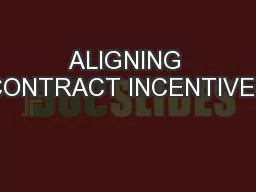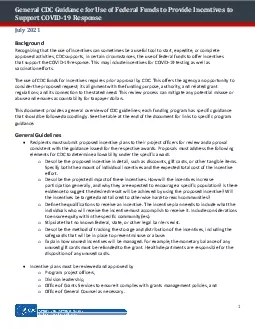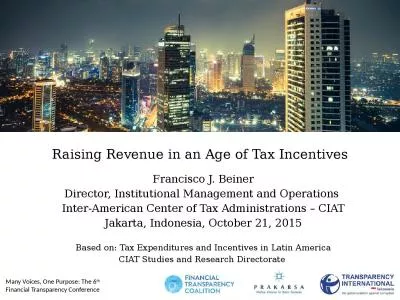PPT-Using economics to design better incentives for soil‐health policy
Author : LivingMyBestLife | Published Date : 2022-07-27
Joshua M Duke Department Head and Professor Agricultural Economics and Rural Sociology Auburn University February 25 2022 All of Dukes research herein was completed
Presentation Embed Code
Download Presentation
Download Presentation The PPT/PDF document "Using economics to design better incenti..." is the property of its rightful owner. Permission is granted to download and print the materials on this website for personal, non-commercial use only, and to display it on your personal computer provided you do not modify the materials and that you retain all copyright notices contained in the materials. By downloading content from our website, you accept the terms of this agreement.
Using economics to design better incentives for soil‐health policy: Transcript
Download Rules Of Document
"Using economics to design better incentives for soil‐health policy"The content belongs to its owner. You may download and print it for personal use, without modification, and keep all copyright notices. By downloading, you agree to these terms.
Related Documents

